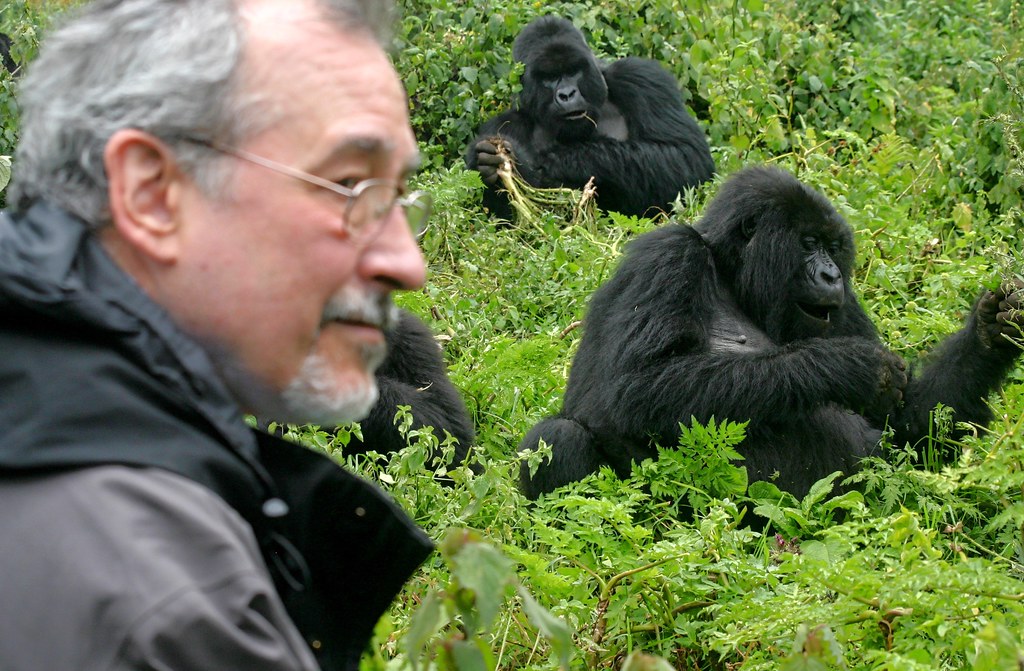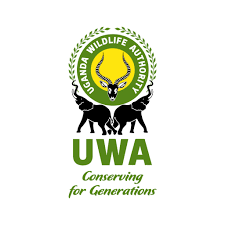Gorillas in Africa: Types, Trekking Destinations, and Conservation
Introduction
Gorillas are the largest of the great apes and some of the most remarkable creatures on Earth. Found only in the forests of East and Central Africa, they are admired for their strength, intelligence, and close kinship with humans. A gorilla trekking safari is one of Africa’s most powerful wildlife experiences, offering a rare chance to observe these gentle giants in their natural habitat. To understand the uniqueness of the experience, it is essential to explore the different types of gorillas, where they live, and how trekking supports their survival.
Types of Gorillas in Africa
Mountain Gorillas (Gorilla beringei beringei)
Mountain gorillas are the most famous of all and the stars of trekking safaris. Heavily furred and adapted to cold climates, they live in high-altitude forests. They are found in Uganda’s Bwindi Impenetrable National Park and Mgahinga Gorilla National Park, Rwanda’s Volcanoes National Park, and Virunga National Park in the Democratic Republic of Congo. With just over one thousand individuals remaining, their population is slowly increasing due to strict conservation and tourism initiatives.
Eastern Lowland Gorillas (Gorilla beringei graueri)
Also known as Grauer’s gorillas, these are the largest subspecies, with a stockier build and immense size. They inhabit the lowland rainforests of eastern Democratic Republic of Congo, particularly Kahuzi-Biéga National Park and parts of Maiko National Park. Trekking here is adventurous and less common than mountain gorilla safaris but offers an untamed and authentic wilderness experience.
Western Lowland Gorillas (Gorilla gorilla gorilla)
The most widespread of all gorillas, western lowland gorillas are found across Central Africa in Cameroon, Gabon, Republic of Congo, Central African Republic, Equatorial Guinea, and Angola. They are smaller than eastern gorillas, with brownish-gray coats and a hint of red on their heads. Encounters are possible in areas like Dzanga-Sangha Reserve in the Central African Republic and Odzala-Kokoua National Park in the Republic of Congo, where habituation projects allow close observation.
Cross River Gorillas (Gorilla gorilla diehli)
The rarest and most endangered subspecies, Cross River gorillas number fewer than 350 individuals. They live in remote highlands along the Nigeria–Cameroon border. They are not part of mainstream trekking tourism because of their critical conservation status, but projects continue to focus on protecting their shrinking population.
Where to Go Gorilla Trekking
The most popular destinations for gorilla trekking are Uganda, Rwanda, and the Democratic Republic of Congo. Uganda is home to more than half the global mountain gorilla population, while Rwanda offers a luxury-focused trekking experience with excellent infrastructure. The DRC provides a rugged and less commercialized adventure, with opportunities to see both mountain and eastern lowland gorillas. Central Africa, particularly the Republic of Congo and Central African Republic, offers unique chances to track western lowland gorillas in remote rainforests.
The Gorilla Trekking Experience
A typical gorilla trek begins early with a briefing at the park headquarters. Groups of no more than eight visitors set out with guides and trackers to locate a specific gorilla family. The trek may take one to six hours depending on where the gorillas have moved, often involving steep climbs and muddy trails. Once found, trekkers spend one unforgettable hour observing the gorillas. Rules require maintaining a seven-meter distance, though gorillas sometimes come closer on their own. The hour passes quickly, leaving trekkers with memories that last a lifetime.
Why Gorilla Trekking Safaris Are Expensive
Gorilla permits range from $800 in Uganda to $1,500 in Rwanda, while the DRC charges around $400. Though costly, these fees fund conservation programs, anti-poaching patrols, veterinary care, and community development. A portion of revenue supports local communities, ensuring that tourism benefits people living near gorilla habitats. This model has turned gorilla trekking into one of conservation’s greatest success stories.
Best Time to Go Gorilla Trekking
Trekking is possible year-round, but the dry seasons from June to September and December to February are the most favorable. Trails are less muddy and photography conditions are better. The rainy seasons bring lush greenery and fewer crowds but also more challenging hikes. Regardless of the season, trekkers need sturdy boots, rain gear, and a reasonable level of fitness.
The Importance of Gorilla Conservation
Each gorilla subspecies faces its own challenges. Mountain gorillas are thriving thanks to tourism, while eastern lowland gorillas struggle due to conflict and habitat loss. Western lowland gorillas remain vulnerable to poaching and disease, and Cross River gorillas are critically endangered with only a few hundred individuals left. By visiting, travelers contribute directly to protecting gorillas and ensuring their survival.
Conclusion
Gorillas in Africa represent more than just a safari highlight—they are living treasures whose survival depends on global conservation efforts. Trekking through the forests of Uganda, Rwanda, or Congo is not only a journey into wild Africa but also a reminder of the deep bond between humans and nature. Whether observing mountain gorillas on misty slopes or lowland gorillas in thick jungles, the experience is life-changing and underscores the urgent need to protect these magnificent creatures for generations to come.





